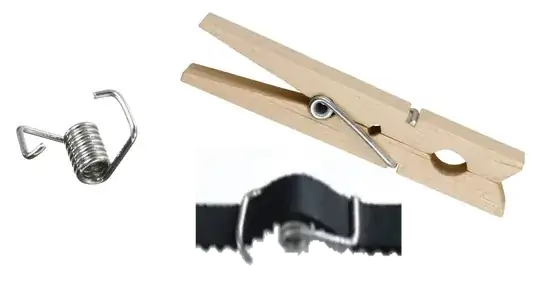You may not need to adjust the tension, but you may nevertheless want to measure the belt tension, at least to ensure it's not too tight: the shaft on stepper motor has limitations.
In that case, no need to buy a tool, you can use an audio app showing the frequency spectrum and then you pluck the belt. The lowest frequency peak can be related to the tension as explained here:
https://benchtopmachineshop.blogspot.com/2019/04/printer-belt-tension.html
For GT2 belts and 27 N tension, assuming the distance between belt and motor face is 10 mm, the relation is
$$f [\text{Hz}] = \frac{28531 \frac{ \text mm}{\text s}}{length [\text{mm}]}$$
Be aware that by plucking the belt you will excite the higher harmonics more than the base harmonic, therefore identifying the lowest frequency may take some time and multiple tries. You should display the frequency spectrum as "waterfall". The app "Spectroid" for Android has it.
If the distance between middle of the belt width and motor face is twice the value assumed (for example, 20 mm instead of 10 mm), the belt tension should be halved (based on an inverse relationship).
